You're considering virtual product demonstrations for your tech startup, and it's a smart move. Virtual product demos can help you reach a broader audience while saving on costs and resources typically spent on in-person events. Here's how you can make virtual product demonstrations work for your business and how to implement them effectively.
Step 1: Plan Your Content
Your first task is to create engaging content that highlights your product's unique features and addresses customer pain points. Make sure your demo effectively communicates your value proposition. Start by outlining the key points you want to cover and the problems your product solves.
Step 2: Choose the Right Platform
Select a reliable platform for hosting your virtual demo. Popular options include Zoom, Microsoft Teams, and WebEx. Consider the features each platform offers, such as screen sharing, Q&A sessions, and recording capabilities, to find the best fit for your needs.
Step 3: Create a Compelling Presentation
Your presentation should be visually appealing and easy to follow. Use high-quality graphics, videos, and animations to keep your audience engaged. Practice your demo multiple times to ensure a smooth delivery and to iron out any technical glitches.
Step 4: Promote Your Virtual Demo
To attract a large audience, you'll need to promote your virtual demo effectively. Utilize social media, email marketing, and your company's website to spread the word. Consider partnering with influencers or industry leaders who can help amplify your message.
Step 5: Engage with Your Audience
During the demo, engage with your audience by encouraging questions and interaction. Use polls, Q&A sessions, and live chats to make your presentation more dynamic. This interaction not only keeps the audience engaged but also provides valuable feedback.
Step 6: Follow Up
After the demo, follow up with attendees to gather feedback and answer any remaining questions. Send a thank-you email along with a recording of the demo for those who couldn't attend. Use this opportunity to nurture leads and move them further down your sales funnel.
Conclusion
By implementing these steps, you can successfully launch virtual product demonstrations that resonate with your target audience. Virtual demos not only save on costs but also allow you to reach a wider audience, making them a valuable strategy for any tech startup.
Benefits of Virtual Product Demos
By leveraging virtual product demos, you can elevate your side hustle's sales strategy to the next level, reaching a broader audience while significantly cutting down on the time and resources spent on in-person presentations.
You'll have the opportunity to showcase your product's features and benefits in a more engaging and interactive manner, thereby increasing the likelihood of converting leads into paying customers. Moreover, virtual demos enable you to gather valuable customer feedback, which can be used to refine your product and enhance the overall customer experience.
Virtual product demos also provide a competitive edge in the market. By analyzing your competitors' strengths and weaknesses through competitive analysis, you can tailor your demos to spotlight what makes your product unique. This helps you stand out in a crowded market and establishes your brand as a leader in your niche.
With virtual product demos, you can accelerate your sales process, extend your reach, and drive business growth—all while reducing costs and improving customer satisfaction. By adopting this strategy, you'll be well on your way to achieving your side hustle's goals.
Preparing Effective Demo Content
Creating clear and concise content is crucial for a successful virtual demo of your side hustle, as it enables you to effectively communicate your venture's value proposition and connect with your target audience.
Begin by developing a demo script that clearly outlines your side hustle's key features and benefits. This script will serve as the backbone of your demo, helping you stay focused and deliver a cohesive message.
When writing your script, keep your target audience in mind – what are their pain points, and how does your side hustle address them? Be sure to emphasize any unique selling points and differentiators that make your venture stand out from the competition.
As you refine your demo script, think about incorporating visual aids and screenshots to illustrate key concepts and features. This won't only make your demo more engaging but also help your audience better grasp your side hustle's value proposition.
Choosing the Right Demo Platform
Selecting a demo platform that aligns with your side hustle's specific needs is a critical step in delivering a seamless and engaging virtual product demonstration that enchants your target audience. You want a platform that's easy to use, reliable, and packed with features that enhance the user experience.
| Platform Features | User Experience |
|---|---|
| Screen sharing and video conferencing | Engaging and interactive demo sessions |
| Real-time chat and Q&A tools | Seamless communication and feedback |
| Customizable branding and templates | Professional and personalized demo environment |
When evaluating demo platforms for your side hustle, prioritize those that offer a range of tools and features that cater to your specific needs. Consider the level of customization, scalability, and integration with your existing tech stack. A platform that's intuitive and user-friendly will allow you to focus on delivering a compelling demo, rather than wrestling with technical issues. By choosing the right platform, you'll be able to create a captivating and memorable experience for your target audience, setting your side hustle apart from the competition. Take the time to research and compare different options to find the perfect fit for your venture.
Engaging Remote Demo Audiences
With your demo platform in place, you now need to focus on engaging the attention of remote audiences who may be easily distracted or disconnected from your virtual demonstration of your side hustle.
To captivate your audience, you'll want to incorporate elements of audience interaction and visual storytelling into your demo. This can be achieved through live Q&A sessions, polls, and gamification elements that encourage participation and foster a sense of community.
Measuring Demo Success Metrics
Measuring the success of your side hustle's virtual product demos is crucial for understanding how well you're engaging your audience, highlighting your product's benefits, and driving conversions. Key performance indicators (KPIs) are essential in this process.
One of the most important metrics is the demo conversion rate, which tracks the percentage of attendees who take a desired action, such as signing up for a free trial or making a purchase. Monitoring this metric allows you to refine your demo content and presentation to maximize impact.
Another essential metric is audience feedback analysis. Gather feedback through surveys, polls, or Q&A sessions to identify what aspects of the demo resonated with your audience and which areas need improvement. This feedback helps you tailor your demo to better meet your audience's needs and interests.
Additionally, keep an eye on metrics like demo completion rates, engagement levels (e.g., chat interactions, video playback), and lead generation to gain a comprehensive understanding of your demo's performance.
Conclusion
As you wrap up your virtual product demo, the fruits of your labor come together like a well-oiled machine, with each component working in harmony to drive results.
By mastering the art of virtual demos as a side hustle, you've not only expanded your reach but also fine-tuned your product, creating a snowball effect that propels your startup forward.
With every demo, you're refining your message, engaging new audiences, and accelerating your path to success, all while building a valuable skillset that can complement your primary career.



















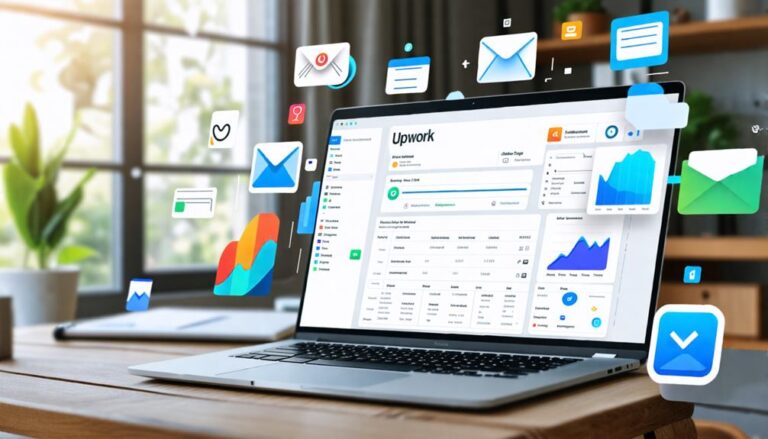
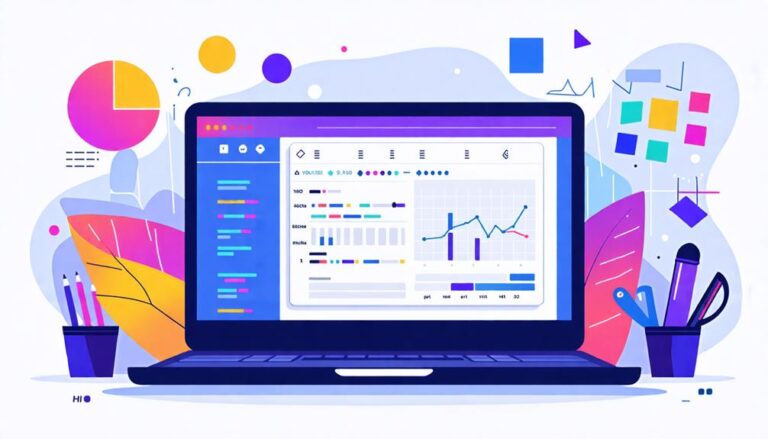

















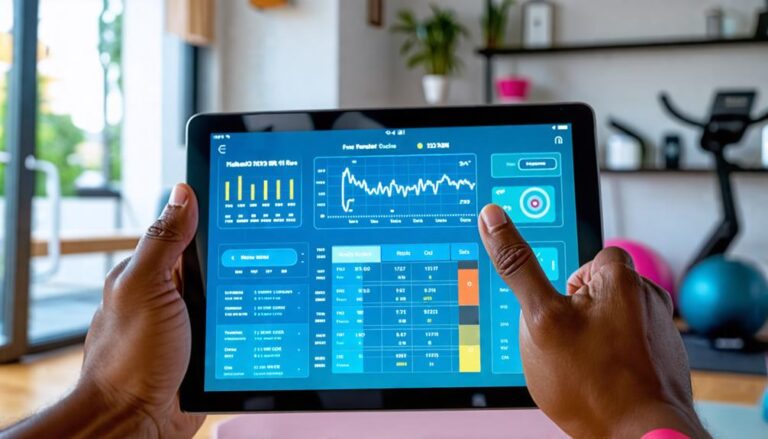


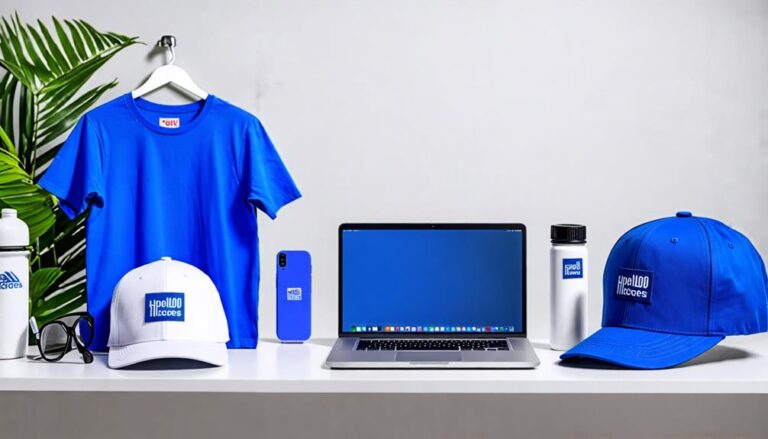


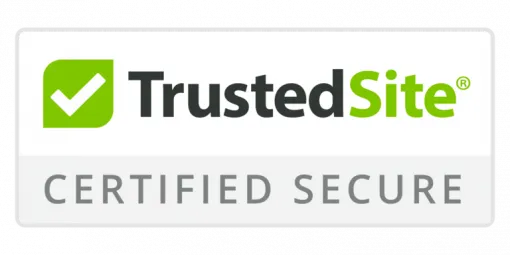



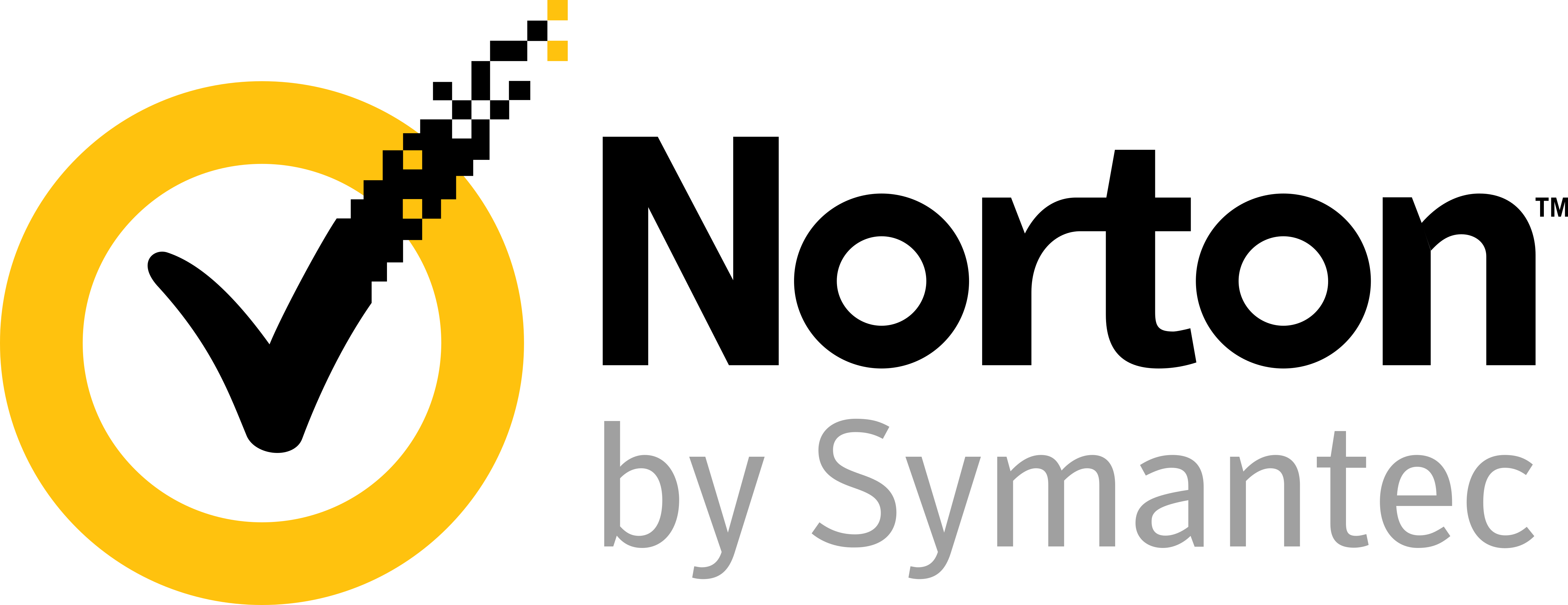
0
View comments